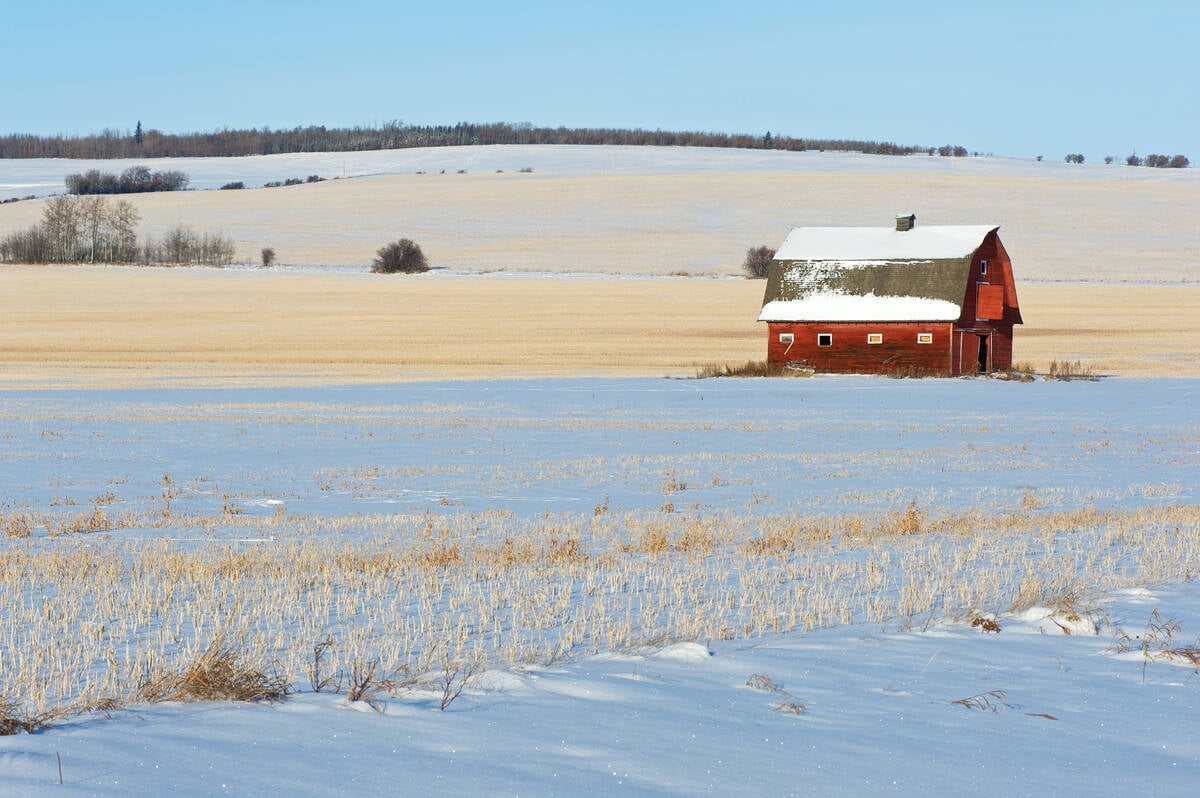New York | Reuters — A U.S. government weather forecaster on Thursday raised the likelihood that El Nino conditions would last into the Northern Hemisphere’s early spring to 85 per cent, boosting the probability that drought-stricken California could see increased rains.
The Climate Prediction Center, a U.S. National Weather Service agency, last month forecast an 80 per cent chance that conditions would last through early spring. The CPC still says there is a more than 90 per cent chance that El Nino conditions would last through the Northern Hemisphere winter.
Read Also

Prairie forecast: Plenty more chances for snow over Holidays
The pattern of Pacific storm system after Pacific storm system looks set to continue for a while longer. We begin this forecast period with a heavy snowfall warning in effect across parts of Alberta.
The new forecast marginally raises the risk that the El Nino phenomenon, the warming of Pacific sea-surface temperatures, will unleash a period of extreme and potentially damaging weather across the globe.
Past instances have caused heavy rains and floods, hitting grain crops in South America, and scorching weather as far as Asia and East Africa.
But one potential El Nino beneficiary could be California, where record-low rainfall has prompted water usage restrictions and contributed to the spread of devastating wildfires.
“It definitely would increase the likelihood of heavy rains in the winter there, which would certainly improve their situation tremendously,” said Donald Keeney, senior agricultural meteorologist with Maryland-based MDA Weather Services.
California could begin to get increased rainfall as early as October and definitely by November or December, Keeney said.
Rainfall will probably not increase in the Pacific Northwest states of Oregon and Washington, which are also suffering from droughts, although they could experience higher temperatures like much of the northern U.S., Keeney said.
The CPC said the effects of El Nino were likely to remain minimal across the contiguous U.S. for the rest of the summer but would increase into the late fall and winter.
In Western and central Canada, an El Nino event is most often associated with above-normal temperatures and drier conditions during winter.
El Nino would probably contribute to a below-normal Atlantic hurricane season, the CPC said. That would reduce the likelihood of storms disrupting energy operations in the Gulf of Mexico.
However, the agency said El Nino was likely to lead to above-normal hurricane seasons in both the central and Eastern Pacific hurricane basins.
— Reporting for Reuters by Luc Cohen in New York. Includes files from AGCanada.com Network staff.















